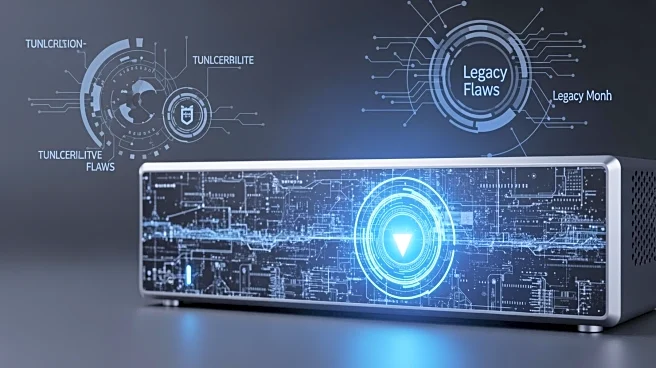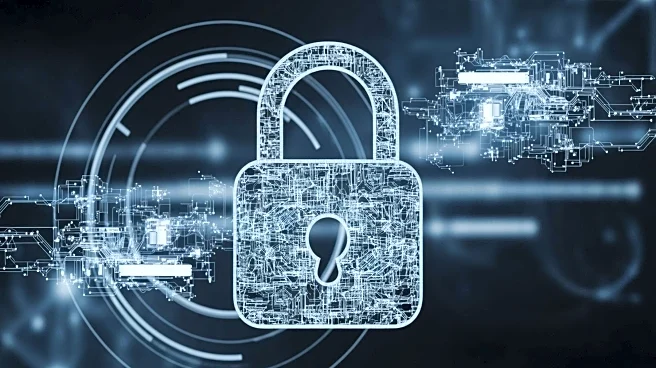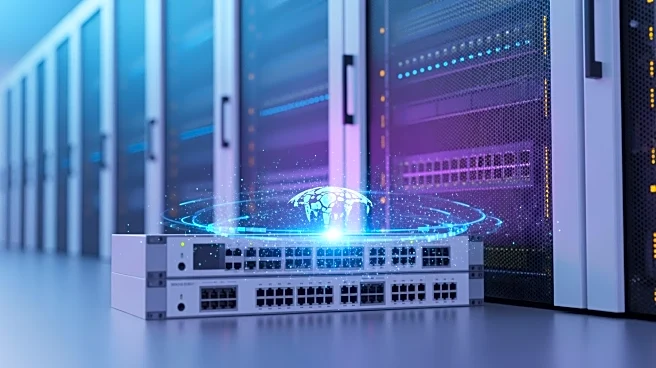What's Happening?
Network security devices are under scrutiny due to critical vulnerabilities reminiscent of flaws from the 1990s. Palo Alto Networks, among other vendors, has identified several critical vulnerabilities in its
PAN-OS, including command injection and authentication bypass issues. These vulnerabilities have prompted vendors to enhance their security measures, with Palo Alto Networks implementing Security-Enhanced Linux and Integrity Measurement Architecture to mitigate threats. The company has expanded its security research team to address these issues, emphasizing the need for architectural changes to improve security boundaries and interactions.
Why It's Important?
The discovery of critical vulnerabilities in network security devices highlights the ongoing challenges in securing IT infrastructure against sophisticated cyber threats. As attackers increasingly target network and security appliances, vendors are compelled to invest in secure development practices and architectural changes. Palo Alto Networks' proactive approach to addressing these vulnerabilities underscores the importance of maintaining high security standards to protect customer networks. This development is crucial for organizations relying on these devices for their cybersecurity needs, as it impacts their ability to safeguard sensitive data and maintain operational integrity.
What's Next?
Vendors, including Palo Alto Networks, are expected to continue investing in security enhancements and architectural changes to address vulnerabilities in their products. The industry is likely to see increased collaboration with regulatory bodies, such as CISA, to ensure compliance with security standards. As vendors work to improve their security posture, organizations must remain vigilant and update their security protocols to mitigate potential risks. The focus on secure development lifecycle practices and proactive vulnerability identification will be key in preventing future exploitation of network security devices.
Beyond the Headlines
The emphasis on architectural changes and secure development practices reflects a broader industry trend towards enhancing cybersecurity resilience. As vendors address technical debt and legacy code issues, the cybersecurity landscape may shift towards more robust and integrated security solutions. This development also highlights the ethical responsibility of vendors to protect customer networks and uphold high security standards. The ongoing evolution of the threat landscape necessitates continuous innovation and adaptation in cybersecurity practices, influencing long-term industry dynamics.












